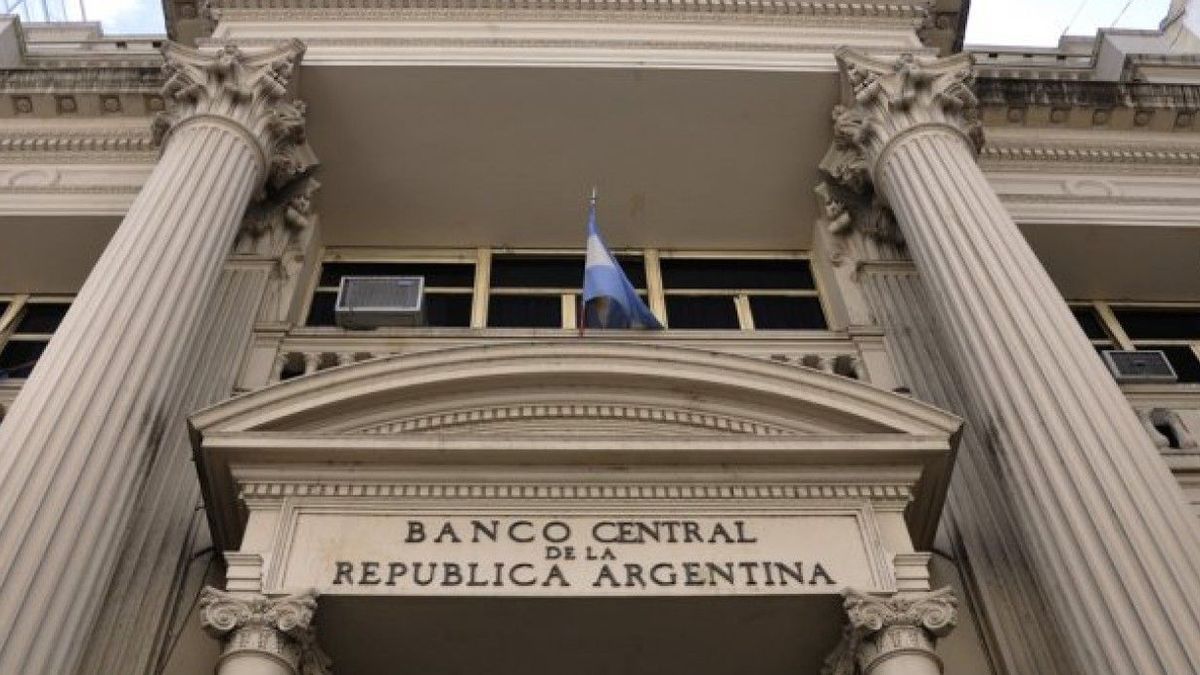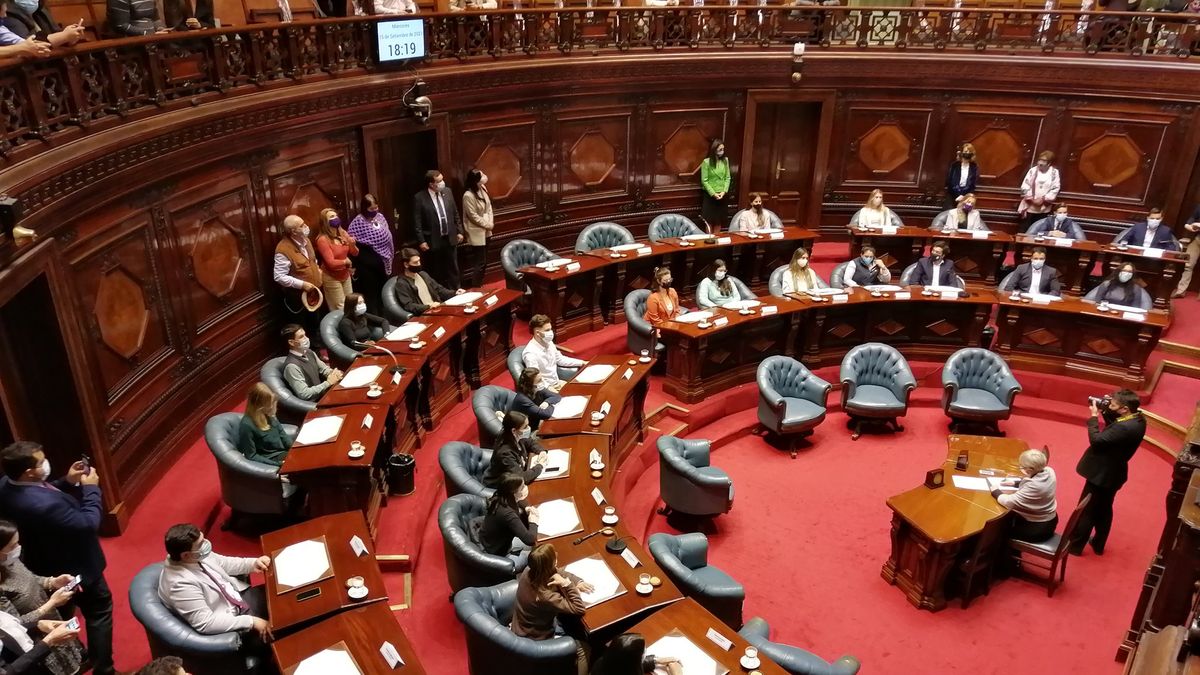The Association of Argentine Banks (Adeba) provided a statement in which it explained what it believes is the best option to dismantle the Leliqs. It should be noted that, for now, the banks, on the first business day after the ballot, only renewed 40% of these securities issued by the Central over a total maturity of $2.7 billion.
“The remunerated liabilities of the BCRA, popularly known as Leliqs, are the securities that banks have as support for deposits in pesos. They are a monetary policy tool used to sterilize excess pesos, which the monetary authority places daily through auctions. Its management is one of the challenges that the next government will face when designing its economic program. But it is nothing more than that, a challenge,” they said from the entity.
It should be noted that Leliqs stock (considering the Leliqs themselves and other remunerated liabilities) It is around $20 billion as of September 2023. This is approximately 10% of GDP, three times the monetary base or the equivalent of the BCRA’s total gross reserves. “With a new government and a credible economic program, the factors that made Leliqs grow would disappear and other factors would appear that would reduce their real stock and performance,” they expressed.
What is the banks’ plan to dismantle the Leliqs?
From Adeba They assured that they plan for the new Government to “turn off the two turbines that made Leliqs grow in real terms: monetary financing to the Treasury (TN) and the purchase of public securities by the BCRA“. These two factors meant a monetary issue of $6,800 billion in the last 12 months at September 2023 values that was absorbed via Leliqs. “That is almost 35% of the current stock,” they highlighted.
In this regard, they pointed out that The BCRA has titles in pesos from the National Treasury that it bought at market price, for the equivalent of half of the Leliqs. “These purchases of securities generated an issuance of pesos that had to be sterilized through Leliqs. The sale of these securities, once the market appetite arose, would generate the reverse process: absorption of pesos and reduction of the stock of Leliqs,” they launched as one of the key points within your plan.
According to the calculations of this entity: For every 10 percentage points (pp) of the current stock of securities that the BCRA sells of those securities in its possession, it can reduce the current amount of the Leliq by 5 pp. “In the extreme – unlikely – that the BCRA sold in the market (whether to the public or private sector) all of its TN securities in pesos, the amount of the Leliqs could be reduced by half,” they launched.
Another key point is the remonetization of the economy. In August, the demand for the monetary base was 2.6%, reaching one of its lowest historical levels. “It is to be hoped that a new government will restore, at least, a minimum of confidence and increase the demand for money (circulating in the hands of the public). If the monetary base were to go from the current 2.5% to 5% (which is below the average of the last 15 years), this will allow an additional reduction in the stock of Leliqs $6,000 billion (30% of current stock)”, they said.
Finally, They are betting on a drop in the performance of the Leliqs. “The new government’s economic plan will surely plan to start with a high real exchange rate and a strong decrease in public spending rapidly converging to fiscal balance. In this context, the interest rates that fixed-term depositors will demand (which will in turn determine the Leliqs rate) will be more influenced by the expected devaluation rate than the expected inflation, which will be higher due to several factors“.
So, they said, The real value of the amount of the Leliqs would be reduced. “This lower yield in real terms, added to the reduction in the total stock, will make the weight of the Leliqs’ interests on inflation lower and decreasing over time. It is worth clarifying that the BCRA should stop imposing minimum rates for fixed-term deposits“they explained.
In addition to those named, they warned, There are other factors linked to the elections and instruments of monetary and exchange policywhich can contribute to reduce the amount and interest of the Leliqs. “Central banks usually use active rates (the Leliqs is a passive rate) or reference rates to influence financial markets. In general, they do not use the rates of their own securities, which in most cases do not even The Leliqs rate should only reflect the interest that the BCRA pays for its remunerated liabilities,” they expressed.
Source: Ambito




